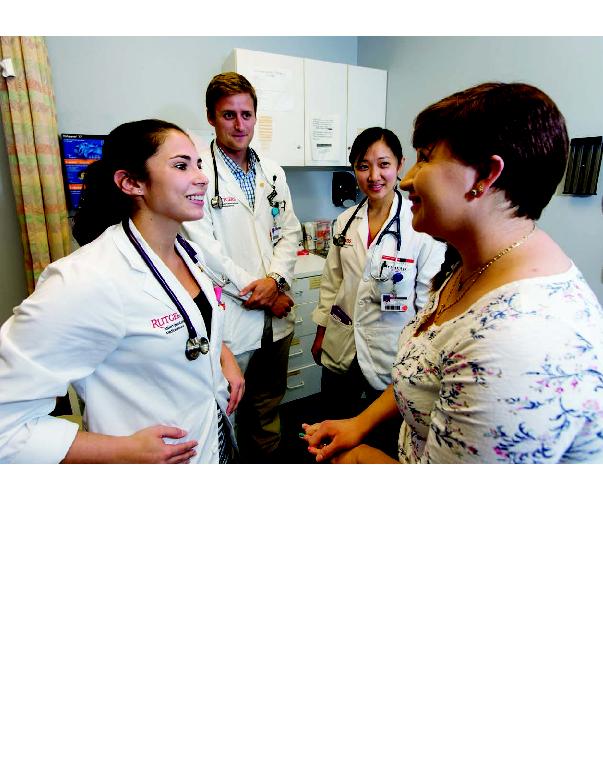
effort. They met every guideline and did an exceptional job."
health and medical director, Eric B. Chandler Health Center.
At the time, Dr. Levin was medical director of St. John's
Family Health Care Center, where the proposed clinic would
take place. "They realized that for this project to work, they
needed not only to make it meaningful, but also to limit its
scope, accepting only adult clients of the soup kitchen. They
ruled out caring for pregnant women, or patients with can-
ulty adviser for seven years.
Giordano, HIPHOP program coordinator, worked closely
with the students from the start.
Promise Clinic has succeeded thanks to sup-
port from the dean's office, HIPHOP volun-
MD '88, associate professor of family medicine and com-
munity health, senior associate dean for community
health, and faculty adviser, HIPHOP-Promise Clinic. Above
all, adds Dr. Jahn, it succeeds because of its volunteer fac-
ulty preceptors and the commitment of its student partic-
ipants.
reports to the steering committee, they gain administrative
experience. In addition, new students always work with a
team member who's been involved for a few years. That